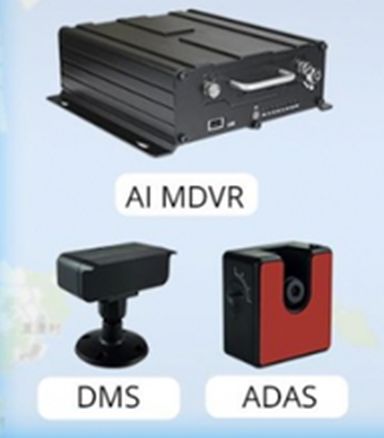
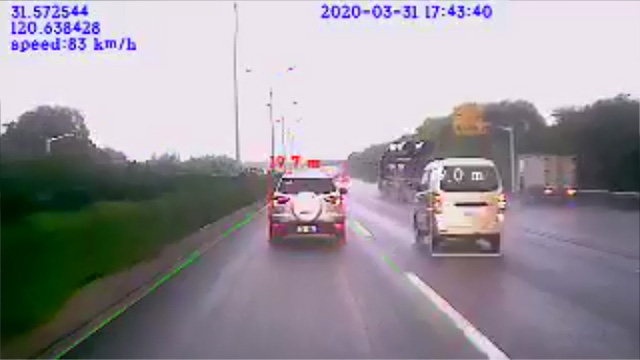
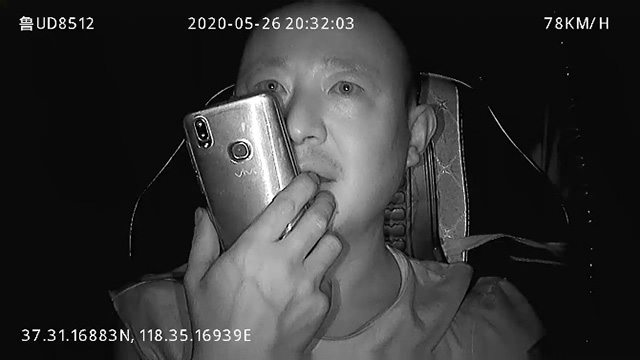
- What is ADAS Technology?
ADAS (Advanced Driver Assistance System) Advanced Driver Assistance System. In itself, they are diverse technologies based on Artificial Intelligence whose video-based sensors detect actions that warn the driver and monitoring centers of possible problems or bad driving habits. This technology is aimed at reducing the risks when driving and qualifying drivers according to the evidence collected of possible acts of mishandling of vehicles. They constitute a sample of the growth capacities that the MDVR are having as real supports in the supervision and improvement of the ways of driving of drivers on vehicular roads.
Most ADAS systems comprise the following technologies:
1. Forward Collision Warning (FCW). Warning of risk of frontal collision or also called "risk of scope".
2. Lane Departure Warning (LDW). Lane departure warning.
3. Driver Status Monitor (DSM). Driver status monitor.
There are some other complementary technologies, but we focus on these 3.
Forward collision risk or rear-end risk warning is a tool that these MDVR options offer that allows drivers to stay at an adequate distance so as to never have a rear-end accident with another unit.
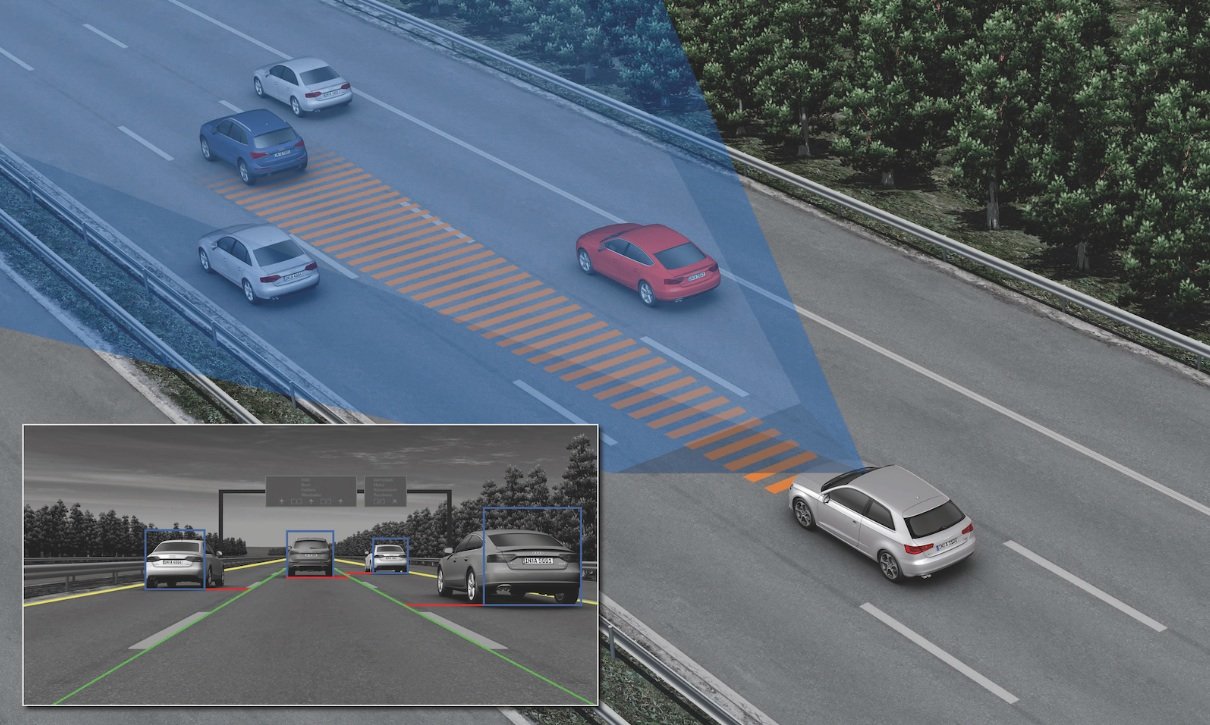
There are some dashcam-type cameras that include this feature with warnings to the driver, but in the MDVR systems important cases are alerted and reports are also sent to the monitoring centers to systematize the driving results of the entire workforce of drivers.
Lane Departure Warning is helpful in noticing abrupt lane changes. This can be important on roads, since driving at high speeds can favor accidents. Similarly, they are reported to the monitoring center for eventual analysis of incidents.
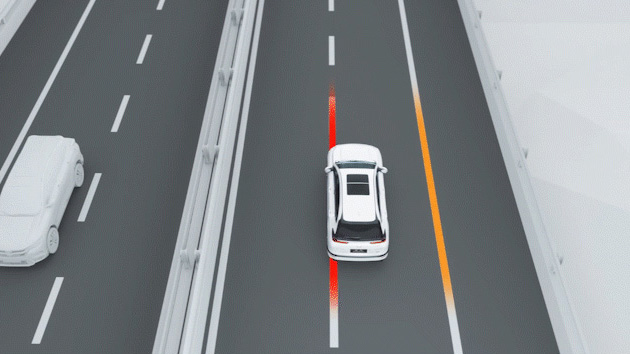
These sensors allow to identify potential risks due to distractions or bad habits of the driver. Initially they were called "fatigue detectors", but now they have a way to detect more risks such as smoking while driving, using cell phones and driving, being distracted, smoking and others.

Driver eating.

Driver Texting.
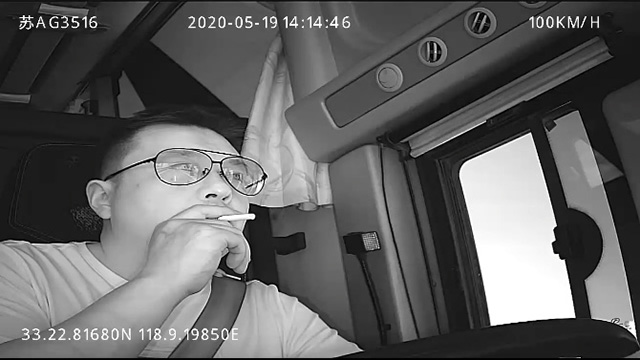
Smoking driver.

Driver with cell phone.
The main difference is that ADAS systems for Dashcams warn only locally, generally limited to lane departure warnings and forward collision warnings. Those based on MDVR are generally more complete, they can include DMS to analyze the driver and of course these records are sent to the monitoring center in real time to support as in the case of a fatigued driver or with constant lane departures that can also be symptoms. of tiredness
